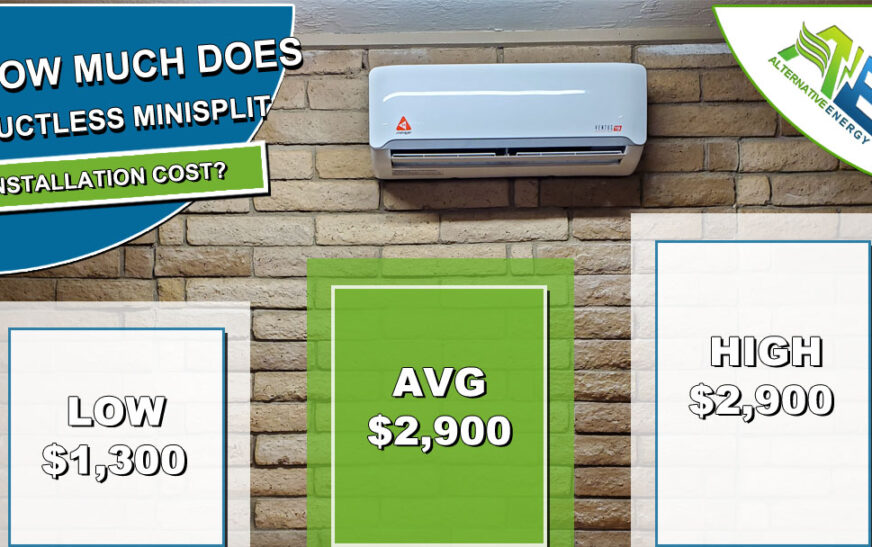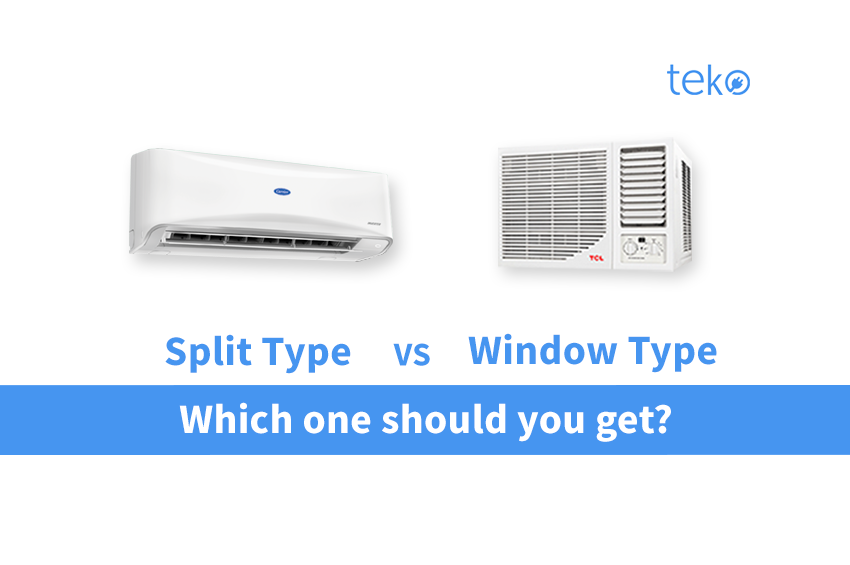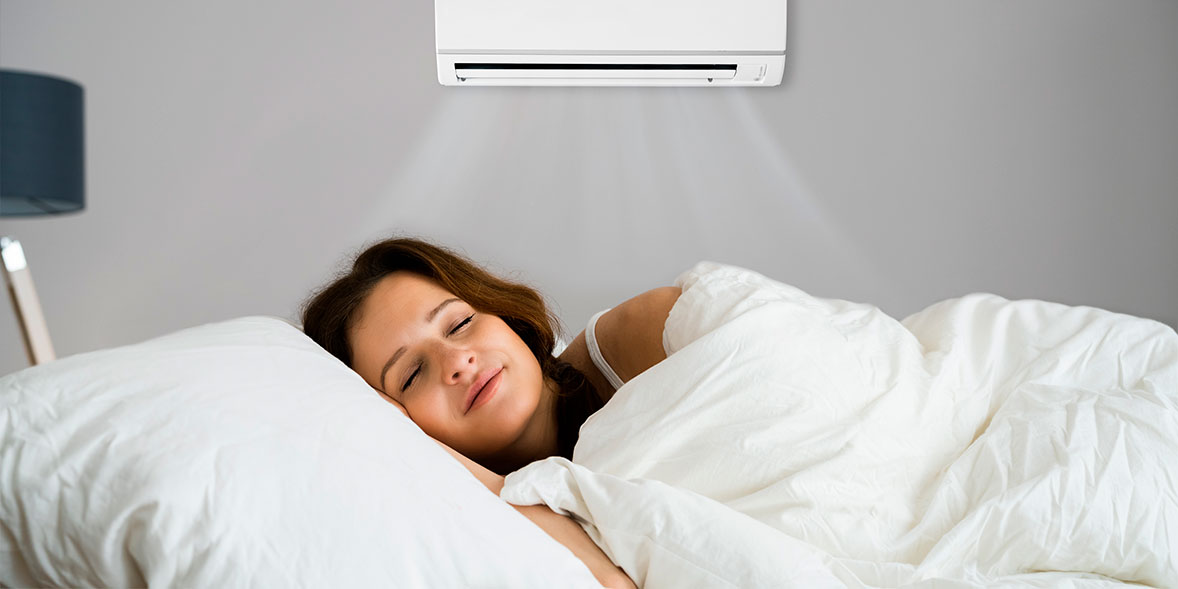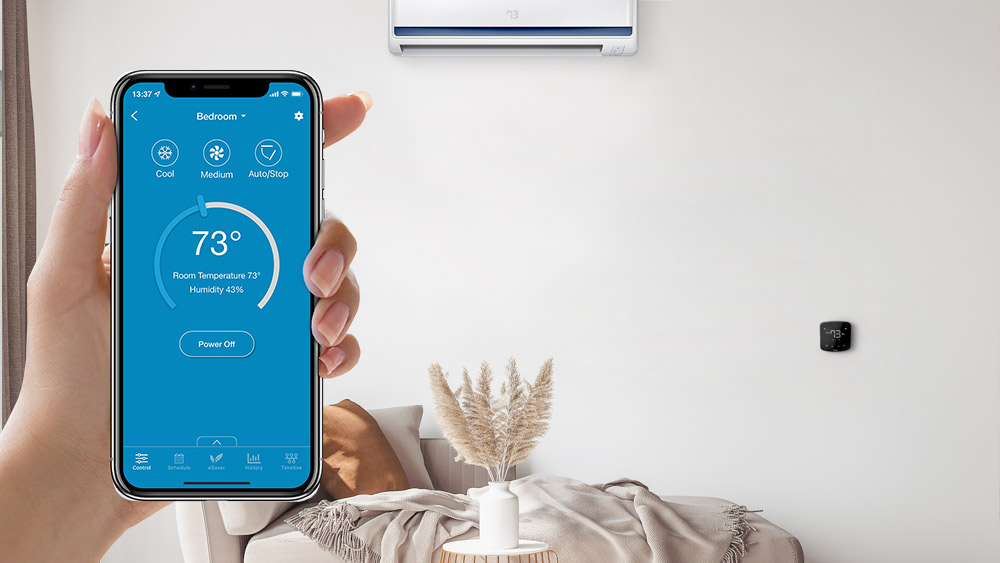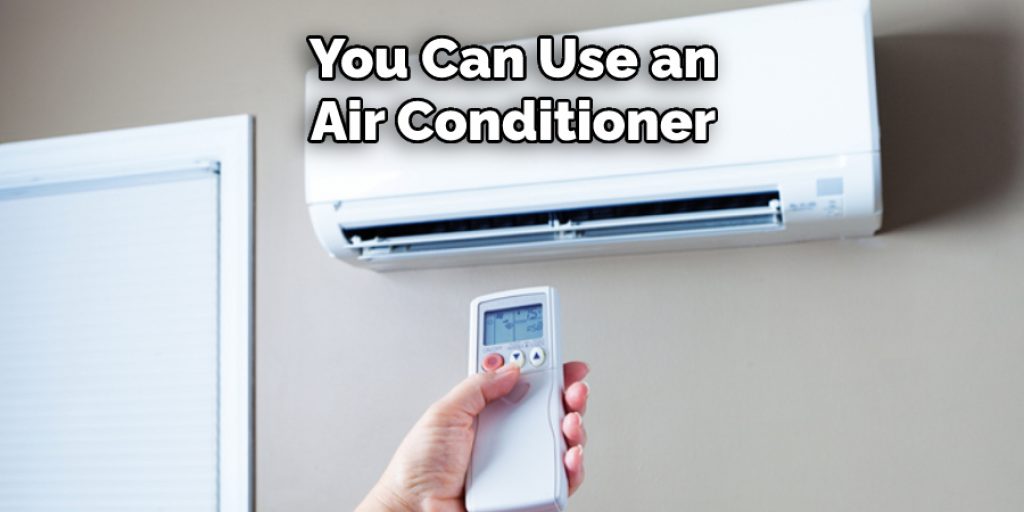Air conditioner installation cost in US and EU sets the stage for this enthralling narrative, offering readers a glimpse into a story that is rich in detail and brimming with originality from the outset. As we delve into the factors, costs, and considerations surrounding air conditioner installations, we uncover a world of insights that illuminate the differences between these regions.
From the impact of unit size and energy efficiency to the breakdown of installation costs and the debate between DIY and professional services, this discussion promises to be both informative and engaging.
Air Conditioner Installation Cost Factors
When it comes to air conditioner installation costs in the US and EU, several key factors play a significant role in determining the final price. Factors such as unit size, energy efficiency, location, labor costs, and additional features can all impact the overall cost of installation.
Additionally, regulations and standards set by authorities in both regions can also influence installation costs.
Unit Size
The size of the air conditioner unit is a crucial factor that affects installation costs. Larger units typically require more complex installation processes, additional materials, and sometimes even structural modifications to accommodate the size. This can result in higher installation costs compared to smaller units.
Energy Efficiency
Energy-efficient air conditioners may have a higher upfront cost but can lead to long-term savings on energy bills. Installation costs for energy-efficient units may also be slightly higher due to the advanced technology and features they come with. However, the potential savings in energy expenses over time can outweigh the initial installation costs.
Location
The location where the air conditioner is being installed can also impact the installation costs. Factors such as accessibility, ventilation requirements, and local building codes can all influence the final price of installation. Installations in hard-to-reach areas or locations with specific requirements may incur additional costs.
Labor Costs
Labor costs play a significant role in determining air conditioner installation costs. The rates charged by HVAC professionals or contractors can vary based on the complexity of the installation, experience of the workers, and regional labor market conditions. Higher labor costs can drive up the overall installation expenses.
Additional Features
The inclusion of additional features such as smart thermostats, zoning systems, or air purifiers can also impact installation costs. These added features require more intricate installation processes and may require specialized knowledge or equipment, leading to higher installation costs.
Regulations and Standards
Regulations and standards set by authorities in the US and EU can have a direct impact on air conditioner installation costs. Compliance with safety regulations, environmental standards, and building codes may require specific materials or installation techniques, which can increase the overall installation expenses.
Average Installation Costs
When it comes to installing air conditioners, the costs can vary depending on the type of unit and the location. Let's explore the average installation costs for different types of air conditioners in major cities across the US and EU, as well as the variations in costs based on the size of the property.
Central Air Conditioner Installation Costs
In the US, the average cost of installing a central air conditioner ranges from $3,500 to $7,500, with cities like New York and Los Angeles on the higher end of the spectrum. In the EU, the average installation cost for a central air conditioner is around €2,000 to €5,000, with cities like London and Paris being on the pricier side.
Ductless Mini-Split Installation Costs
For ductless mini-split air conditioners, the average installation cost in the US is between $2,000 to $5,000, depending on the city and complexity of the installation. In the EU, the average cost ranges from €1,500 to €4,000, with cities like Berlin and Madrid having higher installation costs.
Window Unit Installation Costs
Window unit air conditioners are generally more affordable to install compared to central or ductless units. In the US, the average installation cost for a window unit ranges from $150 to $500, while in the EU, the cost is around €100 to €300.
Variations Based on Property Size
The size of the property also plays a significant role in determining the installation costs. For example, installing an air conditioner in a small apartment may cost less compared to a larger house or commercial building due to the complexity of the installation and the amount of materials required.Overall, the average installation costs for air conditioners in the US tend to be higher than in the EU, with major cities driving up the prices.
It's essential to consider the type of unit and the size of the property when budgeting for air conditioner installation to ensure you get the best deal possible.
Cost Breakdown
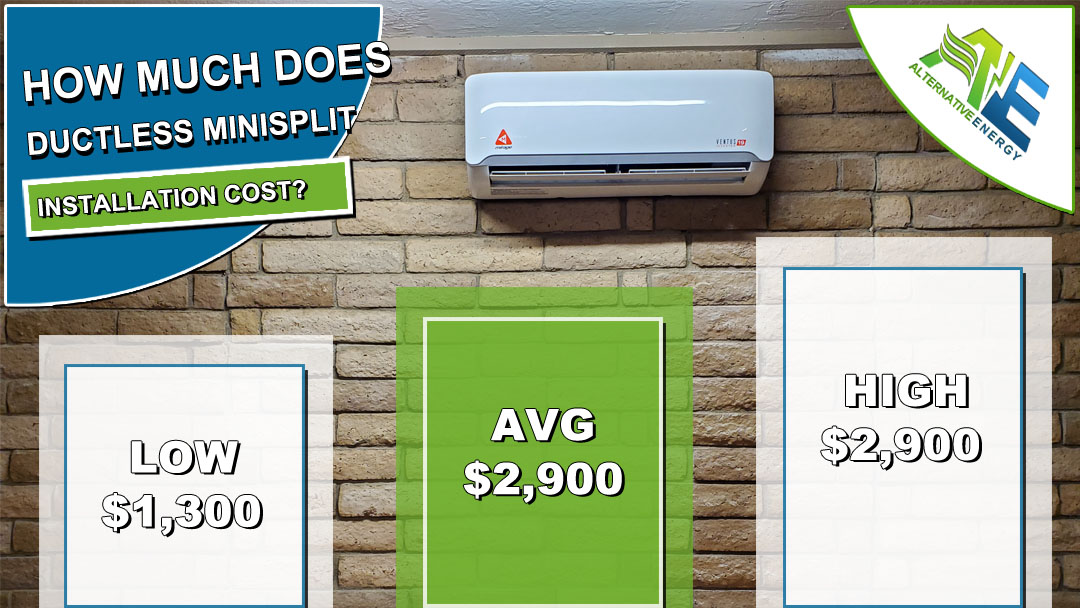
When it comes to the cost breakdown of air conditioner installation in the US and EU, it's essential to consider various factors that contribute to the overall expenses. From materials to labor, permits, and additional charges, understanding these costs can help homeowners budget effectively for this project.
Materials
- Air conditioner unit: The cost of the actual air conditioner unit can vary depending on the brand, size, and efficiency rating. On average, homeowners can expect to pay anywhere from $1,500 to $4,000 for the unit alone.
- Ductwork: If ductwork needs to be installed or replaced, this can add an additional $1,000 to $5,000 to the total cost.
- Thermostat: Upgrading to a smart thermostat can cost around $200 to $500.
Labor Costs
- US: In the US, labor costs for air conditioner installation can range from $1,500 to $3,000. Factors such as the complexity of the installation, location, and contractor rates can impact the final cost.
- EU: In the EU, labor costs are typically higher, ranging from €1,500 to €4,000. Again, factors like the size of the unit, installation difficulty, and regional labor rates play a role in determining the final cost.
Permits and Additional Charges
- Permits: Depending on local regulations, homeowners may need to obtain permits for air conditioner installation. Permit costs can range from $100 to $500.
- Additional Charges: Other potential additional charges may include disposal fees for old units, crane rental for rooftop installations, or electrical upgrades. These costs can add anywhere from $200 to $1,000 to the total.
It's important for homeowners to request detailed quotes from contractors to understand the breakdown of costs and any potential hidden expenses.
DIY vs. Professional Installation
When it comes to air conditioner installation, homeowners often face the decision of whether to tackle the project themselves or hire a professional service. Each option comes with its own set of costs and benefits, which should be carefully considered before making a choice.
Cost Comparison
- DIY Installation:
- Costs: DIY installation can save you money on labor costs, as you won't have to pay for professional services.
- Benefits: You have the flexibility to install the air conditioner at your own pace and according to your preferences.
- Risks: Without proper experience, DIY installation can lead to mistakes that may result in costly repairs or even the need for a complete reinstallation.
- Professional Installation:
- Costs: Hiring a professional service may come at a higher upfront cost, but it can ensure proper installation and potentially save you money in the long run by avoiding costly mistakes.
- Benefits: Professionals have the expertise and tools to install the air conditioner efficiently and effectively.
- Risks: While professional installation reduces the risk of errors, hiring a reputable service is crucial to ensure quality workmanship.
Recommendations
- For homeowners with experience in HVAC systems or a strong DIY background, opting for DIY installation may be a viable option to save on costs.
- However, for those without the necessary skills or confidence in handling complex installations, it is advisable to hire a professional service to ensure the air conditioner is installed correctly and efficiently.
- When considering DIY installation, homeowners should weigh the potential risks and challenges against the cost savings to make an informed decision that aligns with their capabilities and budget.
Conclusive Thoughts
In conclusion, exploring the intricacies of air conditioner installation costs in the US and EU unveils a tapestry of complexities that homeowners must navigate. By understanding the key factors, costs, and choices involved, individuals can make informed decisions that align with their needs and budget.
Frequently Asked Questions
What factors influence air conditioner installation costs?
Factors such as unit size, energy efficiency, location, labor costs, and additional features can significantly impact installation costs.
What are the average installation costs for different types of air conditioners in major cities?
Central, ductless, and window units have varying installation costs in major cities across the US and EU.
Are there hidden costs associated with air conditioner installation?
Homeowners should be aware of potential hidden costs or unexpected expenses when installing an air conditioner, beyond the initial estimates.

